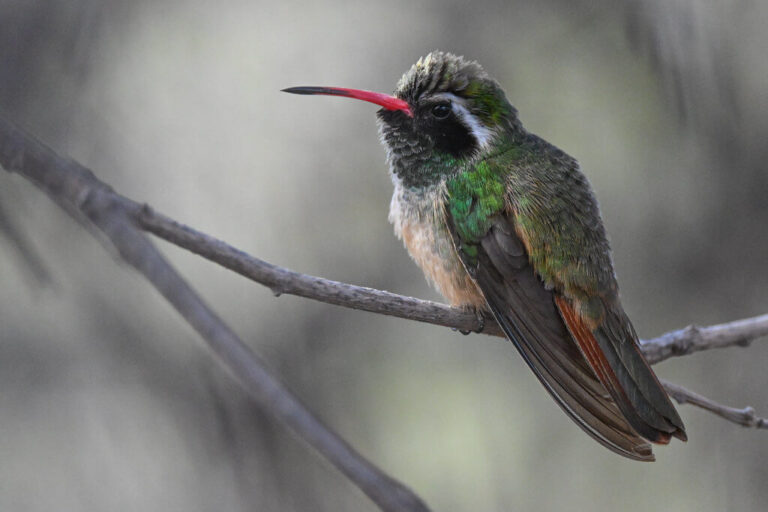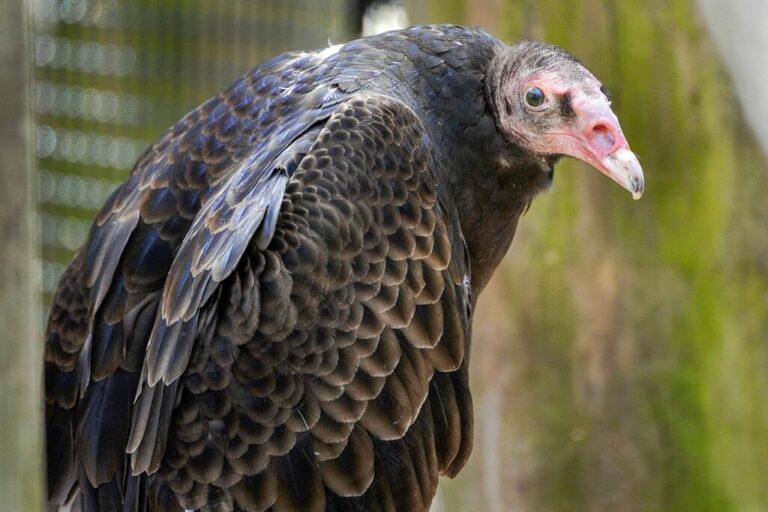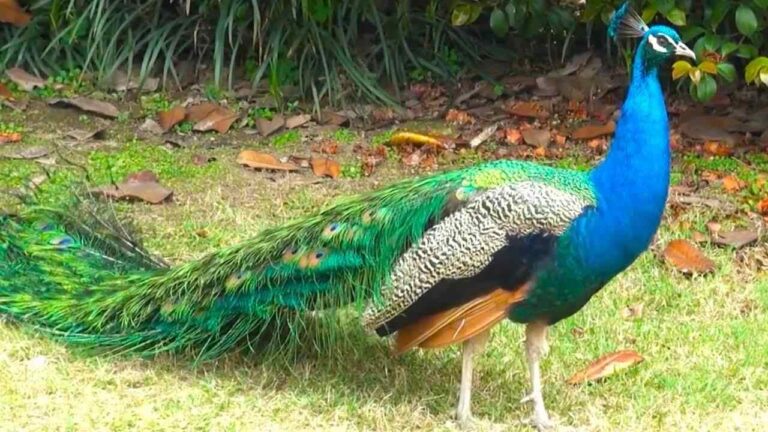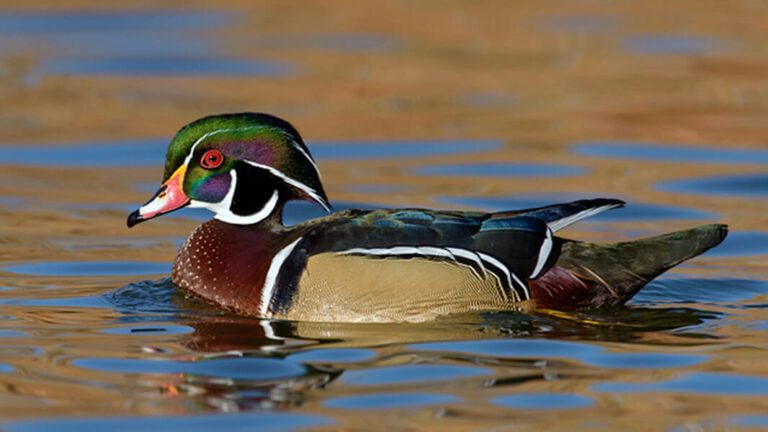Osprey: An In-Depth Look at the Majestic Fish Hawk
The osprey (Pandion haliaetus) is a unique bird of prey found worldwide. Known for its incredible fishing abilities and distinctive appearance, the osprey is often called the “fish hawk.” This article delves into the osprey’s scientific classification, physical characteristics, habitat, behavior, diet, reproduction, predators, conservation status, and more.
Contents
Scientific Classification
The osprey is the sole species in its genus, Pandion, within the family Pandionidae. This distinguishes it from other birds of prey, such as eagles and hawks from different families.
- Kingdom: Animalia
- Phylum: Chordata
- Class: Aves
- Order: Accipitriformes
- Family: Pandionidae
- Genus: Pandion
- Species: Pandion haliaetus
Physical Characteristics

The osprey is a large raptor with a wingspan reaching 180 cm (71 inches) and a body length of around 60 cm (24 inches). It is easily recognizable by its white underparts, dark brown upper body, and distinctive dark eye stripe that extends down its face.
- Wingspan: 150–180 cm
- Weight: 1.2–2.0 kg
- Coloration: Dark brown upperparts and white underparts, with a contrasting dark eye stripe.
- Feet & Talons: Strong, with specialized spicules (tiny spikes) that help grip slippery fish.
- Eyes: Large, with keen eyesight adapted for spotting fish from great heights.
Ospreys also have reversible outer toes, allowing them to grip prey with two toes in front and two behind, aiding their fishing abilities.
Habitat
Ospreys are found on every continent except Antarctica. They prefer habitats near water bodies such as rivers, lakes, reservoirs, and coastal regions. These environments provide ample fishing opportunities, which is essential for their survival.
- Preferred Habitats: Coastal areas, freshwater lakes, and rivers.
- Global Range: Cosmopolitan distribution, found in North America, Europe, Asia, Africa, and Australia.
- Nesting Sites: Ospreys build their nests in high, open locations, often using trees, cliffs, artificial structures like power poles, or even purpose-built osprey platforms.
Behavior
Ospreys are known for their fascinating hunting technique. They soar high above the water, scanning for fish before performing dramatic plunges, feet-first, into the water. Once submerged, they use their strong paws to snatch fish.
- Flight: Ospreys are powerful fliers, often seen gliding or hovering over bodies of water.
- Hunting Method: Dive feet-first into the water to catch fish.
- Vocalizations: Ospreys communicate using sharp, whistling calls, often described as a “cheap” or “Klee.” These calls are more frequent during the breeding season.
Diet
Ospreys are specialized piscivores, meaning their diet consists almost exclusively of fish. They catch fish weighing between 150 and 300 grams on average, though they are capable of hauling larger prey.
- Primary Diet: 99% fish (trout, mullet, perch, and flounder).
- Hunting Strategy: Ospreys use their sharp talons and curved claws to pierce and hold slippery fish. They typically carry their prey head-first to minimize air resistance while flying.
Reproduction
Ospreys are monogamous and often return to the same nest year after year. They build large, bulky nests of sticks and vegetation, continuously expanding over time.
- Breeding Season: Generally begins in spring.
- Nesting: Nests are built high up, often in trees or on artificial platforms.
- Clutch Size: Ospreys lay 2–4 eggs, which are incubated for about 35–40 days.
- Parental Care: Both parents raise the chicks, with the female doing most of the incubating while the male provides food.
- Fledging: Chicks fledge at about 8 weeks of age but remain dependent on their parents for food for another few weeks.
Predators and Threats
Ospreys face several natural predators, especially during their vulnerable stages (eggs and chicks). Due to their size and strength, adult ospreys have few natural predators.
- Egg and Chick Predators: Raccoons, snakes, and other birds of prey (e.g., great horned owls) may raid nests.
- Adult Predators: Eagles and larger raptors may occasionally challenge adult ospreys, but direct predation on adults is rare.
- Human Impact: Habitat destruction, pesticide use (especially DDT in the past), and entanglement in fishing gear pose threats to osprey populations.
Conservation Status
Ospreys were once in serious decline due to pesticide contamination, particularly DDT, which caused eggshell thinning. However, conservation efforts, including banning DDT, have led to a remarkable recovery.
- IUCN Status: Least Concern (LC)
- Population Trends: Increasing globally.
- Conservation Efforts: Installation of artificial nesting platforms has been one of the key strategies in helping ospreys recover.
Interesting Facts about Ospreys
- Reversible Talons: Ospreys are one of the few raptors with reversible talons, which help them hold fish securely during flight.
- Migratory Behavior: Many ospreys migrate long distances, with some individuals traveling over 6,000 miles between their breeding and wintering grounds.
- Unique Species: Although related to other birds of prey, the osprey is so distinct that it belongs to its own family, Pandionidae.
- First Recorded Use of Tools by Birds of Prey: Ospreys have been using branches to poke at potential predators near their nests.
Evolutionary History
Ospreys are believed to have evolved around 12 million years ago, making them ancient birds with a long evolutionary history. Fossil records show that these birds of prey have adapted remarkably well to various environmental changes over time, maintaining their niche as proficient fish hunters.
- Ancient Origins: Fossil evidence suggests that early osprey species lived in Miocene Europe.
- Distinct Adaptations: Their specialized feet and nails and excellent vision have evolved specifically for their piscivorous lifestyle.
Relationship with Humans
Ospreys have historically had a close but complex relationship with humans. While once threatened by human activity, such as pesticide use and habitat destruction, they are now often seen as conservation success stories.
- Cultural Significance: In some cultures, the osprey is revered as a symbol of vision, power, and mastery of the skies.
- Human Support: Conservationists have worked extensively to provide artificial nesting platforms, which have helped osprey populations rebound in regions where their natural nesting habitats were destroyed.
Conclusion
The osprey is a fascinating and resilient bird of prey, adapted perfectly for life around water. Its specialized hunting techniques, widespread habitat, and remarkable recovery from near-extinction make it one of the most admired raptors worldwide. As the population continues to increase thanks to ongoing conservation efforts, the osprey remains a symbol of ecological recovery and the importance of preserving natural habitats for future generations.
- Golden Retriever Pros and Cons: What Every Pet Parent Should Know - 15 September 2025
- Cane Corso Dog Breed: Health, Care, and Lifespan - 14 September 2025
- Catahoula Leopard Dogs: Description, Temperament, Lifespan, & Facts - 21 July 2025







